I bought me some 1x1x1/4" angle iron and a welder, and decided to see if I could pull it off... I did so, albeit horribly.  It holds all my weight though, and I weigh 230 lbs, so thats looking pretty positive. All the images are in the gallery, so I'll be linking from there, but take a look:
It holds all my weight though, and I weigh 230 lbs, so thats looking pretty positive. All the images are in the gallery, so I'll be linking from there, but take a look:
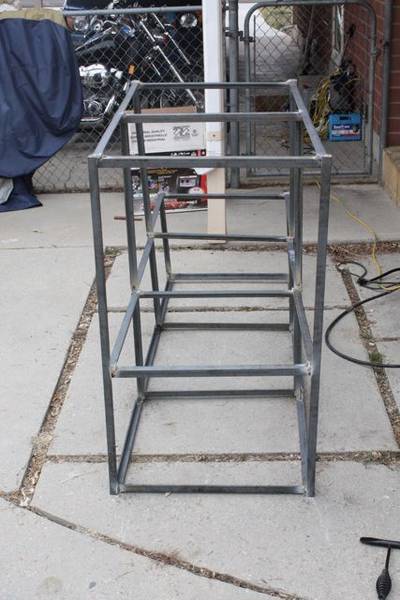
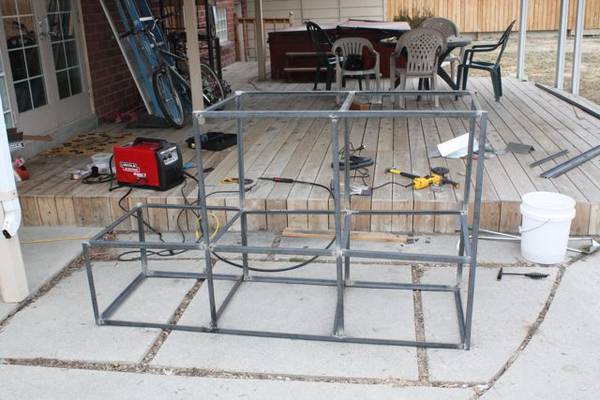
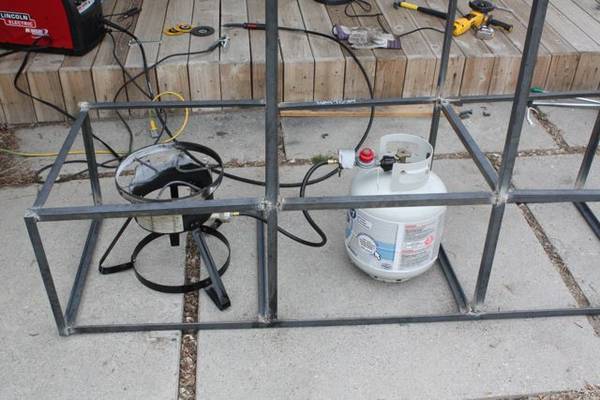
I think its 3 images per post, so I'll put up another few in an update



I think its 3 images per post, so I'll put up another few in an update


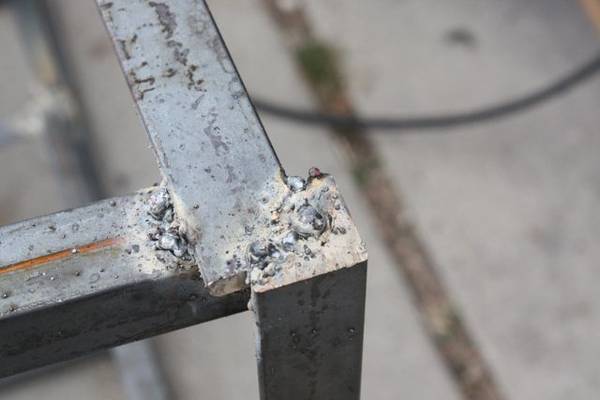
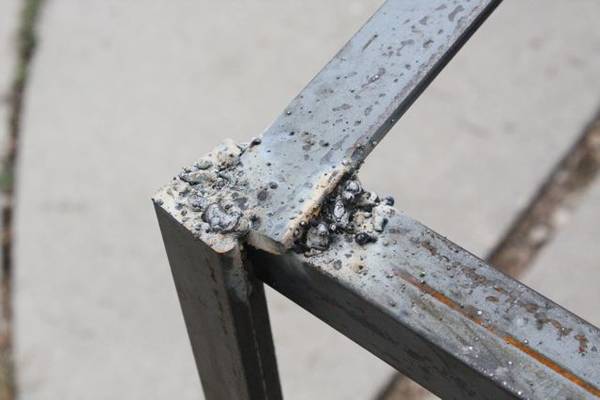



























![Craft A Brew - Safale BE-256 Yeast - Fermentis - Belgian Ale Dry Yeast - For Belgian & Strong Ales - Ingredients for Home Brewing - Beer Making Supplies - [3 Pack]](https://m.media-amazon.com/images/I/51bcKEwQmWL._SL500_.jpg)































